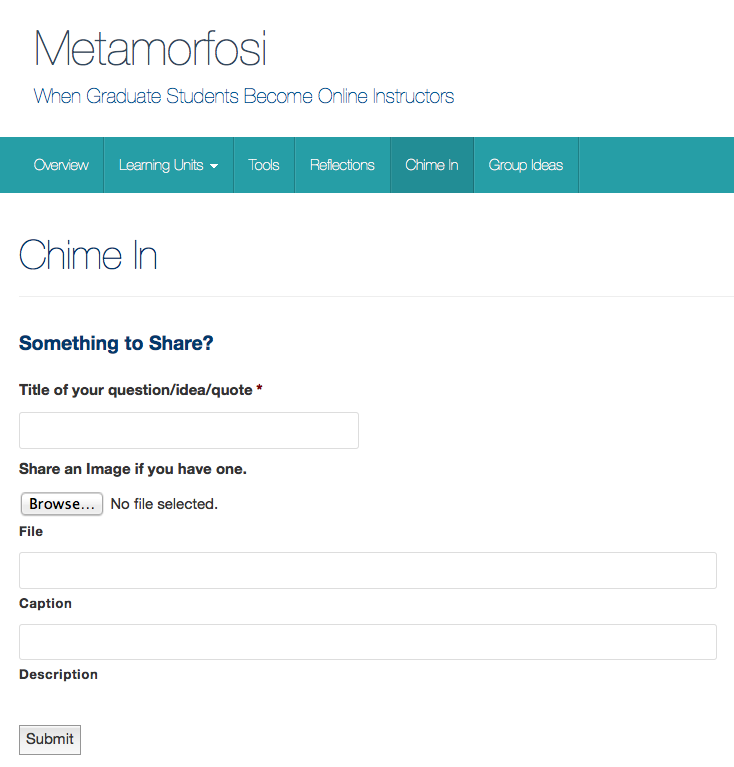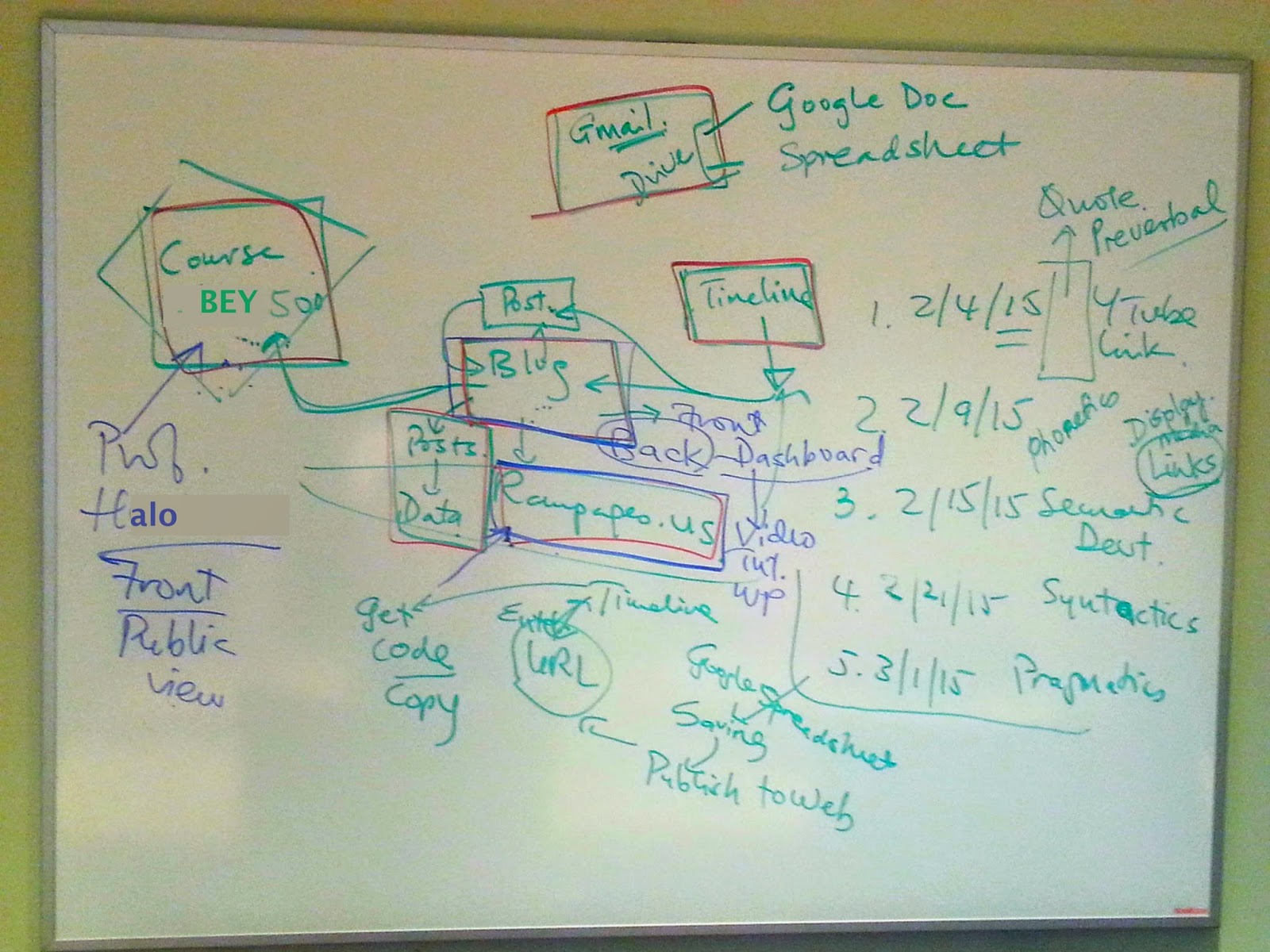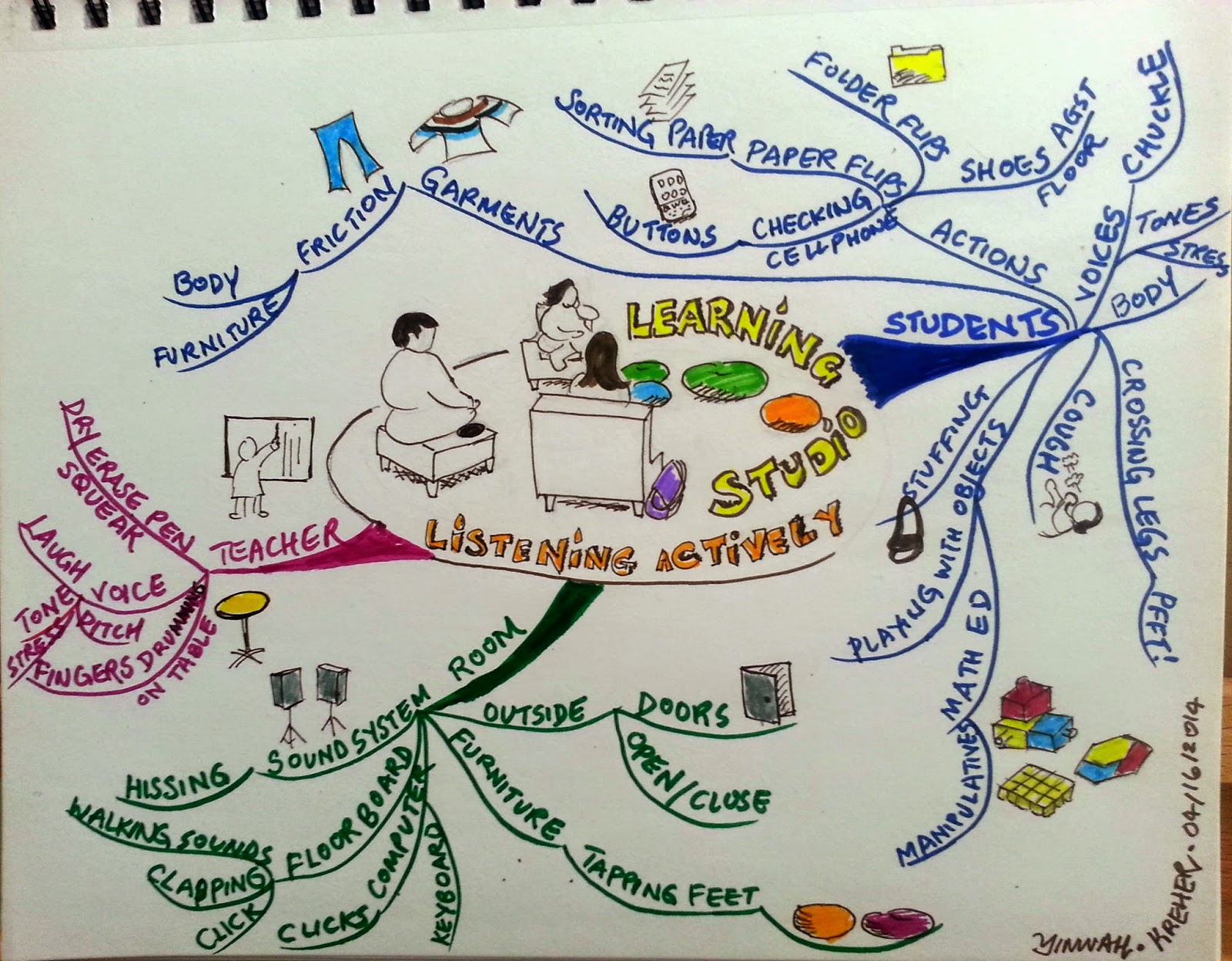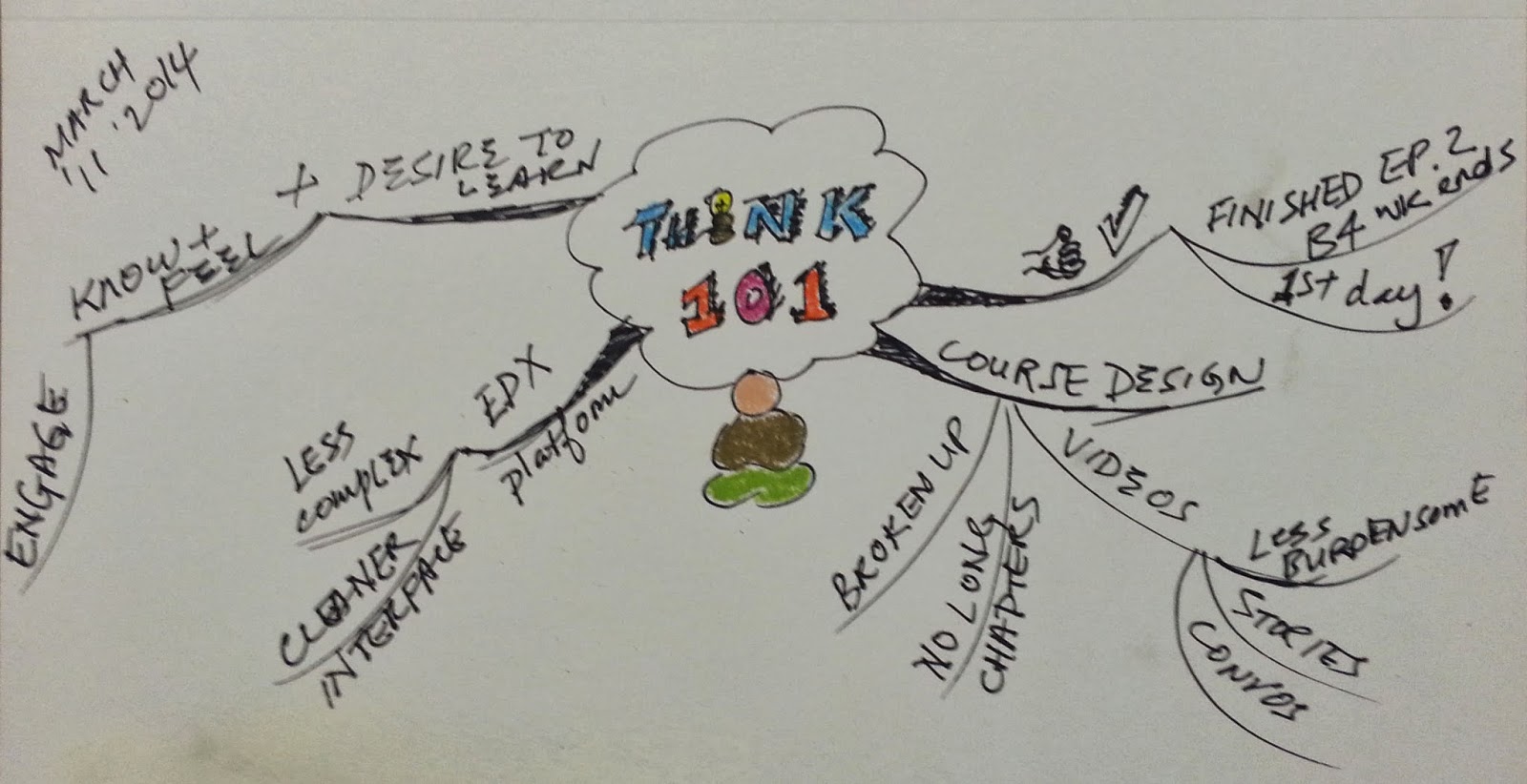Reggio Educators’ Training at Sabot Institute
Are you learning forward or backward? … Do you attend conferences or workshops year after year, yet rarely adjust your teaching or leadership as a result of what you learned? – Frederick Brown, Education Week Teacher.
Voila! A Reggio-educator professional development opportunity surfaced in town; courtesy of Jon Becker. I jumped at the opportunity. These events are short in supply.
Event: The 2015 Sabot Institute
As a visible deliberate action of learning forward, this blog-post is a reflection of my learning experience. I’ll try along the way to provide some information about the learning beliefs and values I cherish about the Reggio approach.
1. The environment is the third teacher.
The city, the countryside, and the nearby mountains serve as additional teaching sites. – Loris Malaguzzi
 |
| Idyllic setting of Sabot School |
 |
| The Gardens at Sabot at Stony Point |
The children have outdoor learning time. In the woods nearby, they built some simple structures to hold their backpacks together and planted some daffodils.
 |
| Learning in Nature, Sabot at Stony Point |
2. “Our walls speak”
Throughout the school, the walls are used as spaces for both temporary and permanent exhibits about what the children and teachers have created; our walls speak and document. – Loris Malaguzzi.
 |
| Documentation of children making sense of light |
 |
| Documentation of children making sense of materials/paper |
 |
| Documentation of children making sense of time? |
3. “What children learn does not follow as an automatic result from what is taught. Rather it is in large part due to the children’s own doing, as a consequence of their activities and resources.” – L. Malaguzzi.
 |
| Children shape their own learning experience |
Reggio schools have no preplanned curriculum. (Yikes? :)) But this does not mean they start with nothing. Reggio educators use themes to guide student learning. Children are listened to; they shape their mainly project-based school experience, rather than being shaped by any advance curriculum planning or textbook (Edwards, Gandini, & Foreman, 2012).
The Reggio image of a child is…
A child who is competent, a child to whom we must offer many opportunities, so that each and every child can find possibilities for his or her individuality and subjectivity to be expressed, enriched, and developed. (Carla Rinaldi, President of Reggio Children Foundation).
I saw this concept illustrated and discussed in many of the presentations and workshops. In one hands-on workshop at the Atelier (French for studio), the atelierista (Studio Teacher) gave us a prompt and some inquiry questions. She asked how we would represent the following idea:
- The teacher forms a connection between the city and the child.
There were about 8 or 9 of us in this workshop. At first, we asked the atelierista some questions which she didn’t answer. I got the message. We have to analyze the questions ourselves and come up with our “make” collaboratively.
We tried to doodle on paper what we might want to express. Not used to making things in a studio instantaneously, I decided to just dive in and make as I think. That ended up being our approach. As we each made something with the resources available to us, we found that we were able to build upon each other’s “make” (artifact). The final product came together as we saw each one building something and hooked on to each other’s ideas. In a very organic spontaneous way, we created something together in the moment.
This is what our model looked like in the end. Using the resources in the city/environment, the child explores and negotiates layers of understanding about the city (hence the wires protruding out).
 |
| Group product after the Atelier Studio workshop |
Learning forward, there are many rich nuggets I’ve collected and continue to unearth as I probe further into this philosophy. I bought 3 books to add to my growing Reggio library. There are too many ideas to share but here are two I’ll document in this space. I feel that they connect to a challenge raised by #rhizo15 in the discussion of learning subjectives:
I. Untie the cultural knots we have about teaching and learning (Benjamin Mardell, author/professor, Lesley University)
We tend to think of several concepts about teaching and learning in dichotomies: teaching/learning; theory/practice; curriculum/assessment; individual/group learning; thinking/feeling. [And may I add another pair: art/science.] Mardell noted that in Reggio Emilia schools, these dichotomies are non-existent (Mardell in Project Zero, 2001, p. 282). I am not suggesting that learning science research is useless or that it doesn’t matter. Research is important as scholars continue to build upon existing knowledge for future generations. For me, the Reggio approach unveiled more layers about the complexity of learning, one that I continue to be fascinated and inspired by. Since my encounter with this approach, I will share that I don’t write learning objectives in my own teaching courses/workshops anymore, if I have my way. I much prefer to explore open questions in a course with learners, including myself.
II. The role of a teacher in Reggio Emilia and implications for my teaching and design.
Although the Reggio approach is originally used in early childhood and in Sabot, applied up to 8th grade classes, it has transferable concepts to learning at higher levels (The core learning principles of Visible Thinking and The Arts and Passion-Driven Learning courses I’d taken in the past are connected in many ways to the Reggio approach). The Loris Malaguzzi International Centre of Reggio Emilia regards the Reggio Emilia approach as
an educational philosophy based on the image of the child, and of human beings, as possessing strong potential for development and as a subject of rights, who learns and grows in relationships with others.
 |
| Comparison of traditional versus Reggio educator roles |
Text Equivalent of Image (Word Document)
P.S. Of course, not every teacher is strictly one or the other, as I had written above, but I believe learning in contemporary society, as Reggio schools and children have shown, will become more engaging as we move towards ideals on the right.
Application: My learning goal is to seek to apply some of these concepts in my teaching and design in higher education.
How will we apply these Reggio Educator roles in our professional contexts?




2 Comments
Pingback:
Pingback: